Guatemala coffee bean hand brewing parameters recommend that Guatemala coffee acid is not sour.
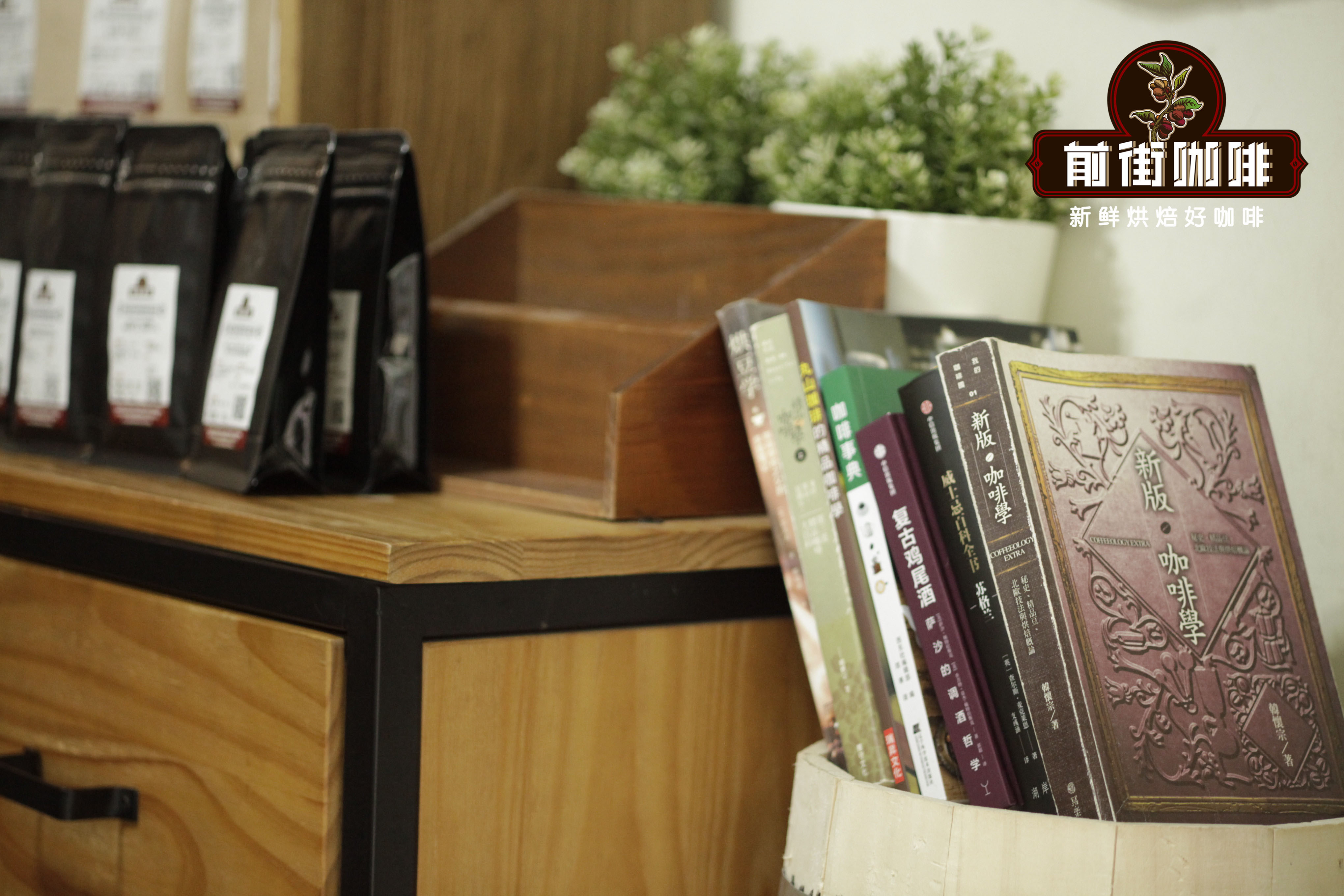
Professional coffee knowledge exchange more coffee bean information please follow the coffee workshop (Wechat official account cafe_style)
Recently, many coffee lovers are infatuated with the flavor of Guatemalan coffee beans, so they also study at home how to make Guatemalan coffee by hand, but they always can't get its flavor, or they think that Guatemalan coffee beans are too sour. Are Guatemalan coffee beans sour in the end? Next, in this article, Qianjie Coffee will explain the hand-brewing parameters and flavor characteristics of Guatemalan coffee beans.
First of all, Qianjie Coffee will first explain to you how the flavor of Guatemalan coffee beans is formed, and what its coffee bean flavor is. We all know that coffee beans belong to crops, and their flavor will naturally be affected by the topography and climate of the producing area. Secondly, the variety and treatment of coffee beans will also affect its flavor formation, and the most important feature of Guatemalan coffee beans is that they drink with a trace of smoky flavor. This is mainly related to its topography, so the next Qianjie coffee mainly focuses on these three points to popularize the flavor characteristics of Guatemalan coffee beans.
Planting conditions of coffee beans in Guatemala
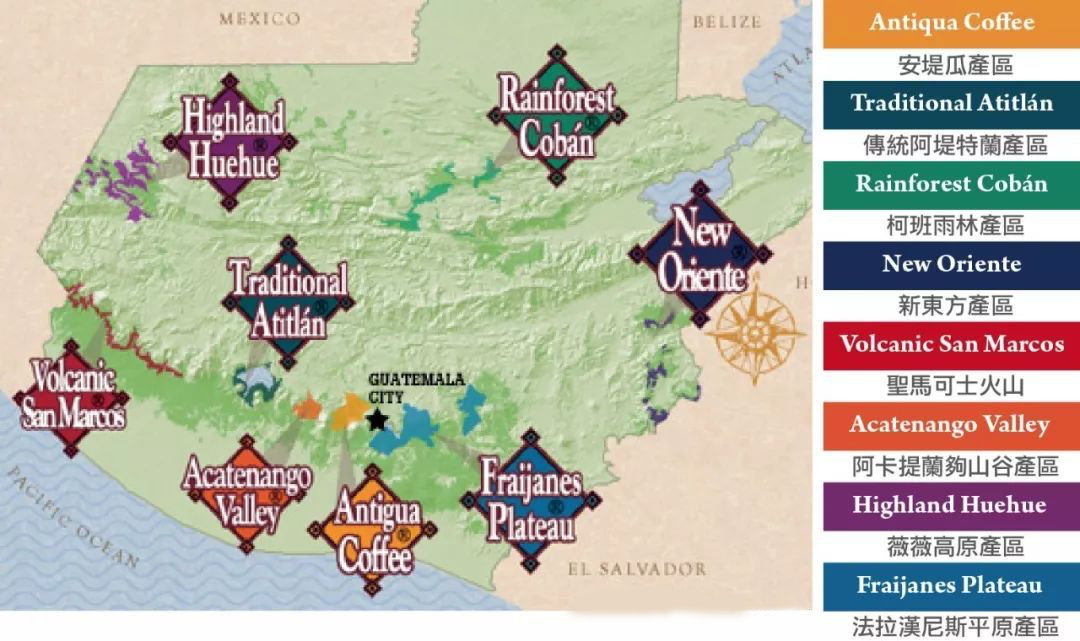
According to Qianjie Coffee Guatemala is located in the Central American Isthmus, Guatemala has many volcanic mountains and plateau topography, producing high-quality alpine hard beans from Central America. The main coffee producing areas in Guatemala are Antigua, Huehuetenango, Atitlan, Coban, Fraijanes, San Marcos and Acatenango. The Guatemalan coffee beans are all Arabica varieties. The most famous producing areas are Antigua and Vivette Nanguo.
Antigua (Antigua)
The Antigua producing area is located in the entire area of the Madre plateau in the opographically Mountains that pass through Guatemala. Because of its natural conditions, Antigua has become the most famous of the eight major producing areas in Guatemala. The highland surrounded by active volcanoes, 1850 meters above sea level, is the most award-winning and most famous producing area in the country.
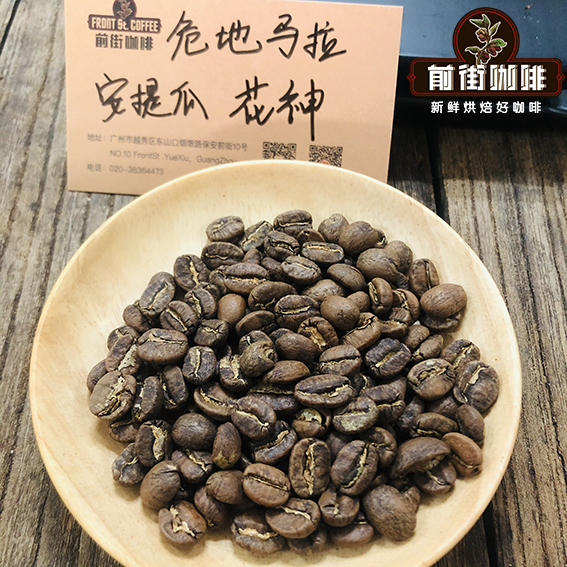
At the same time, according to Qianjie Coffee, Antigua has little rainfall in summer and occasionally frosts in winter, which is actually not suitable for the growth of coffee trees, but fortunately it is located in the active volcanic zone, and the volcanic light stone after the volcano ejects falls into the soil after cooling. Because these light stones have many fine holes, they are very easy to moisturize, and a large number of shade trees are planted in the manor, so that coffee trees will not be harmed by cold in winter. These factors to overcome the adverse conditions, coupled with the great temperature difference between day and night, have created Antigua to form a unique micro-climate, so that the coffee beans here have a light smoky flavor and strong fruity aroma. Flavor: balanced between sweet and sour.
Vivette Nanguo (Huehuetenango)
This area is the highest average elevation in Guatemala and belongs to the volcano-producing area of Guatemala, but this area is rugged and remote from the capital, thanks to the dry hot wind from Mexico blowing here. it makes it possible to grow coffee fruits at 2000m on the Vivi Plateau.
Guatemalan coffee varieties
According to Qianjie Coffee, Guatemala mainly grows individual coffee beans of bourbon, Kaddura and Kaduai varieties.
Bourbon
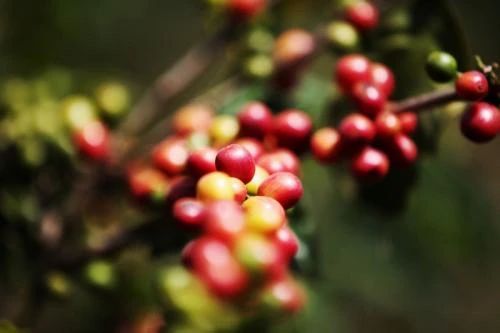
Bourbon coffee was originally grown on the island of Reunion, which was also known as bourbon before 1789. Bourbon coffee is derived from a natural variant of Tibica coffee derived from Arabica and is the oldest coffee variety in existence.
Generally speaking, bourbon coffee mainly changes from green fruit to ripe bright red fruit, which is known as "red bourbon". The fruit is relatively short and round, also known as round bourbon, with high density of pulp and seeds, high sweetness and bright acidity, but in addition to red bourbon, there are yellow bourbon and rare orange bourbon and rare species pink bourbon. Red bourbon.
Kaddura
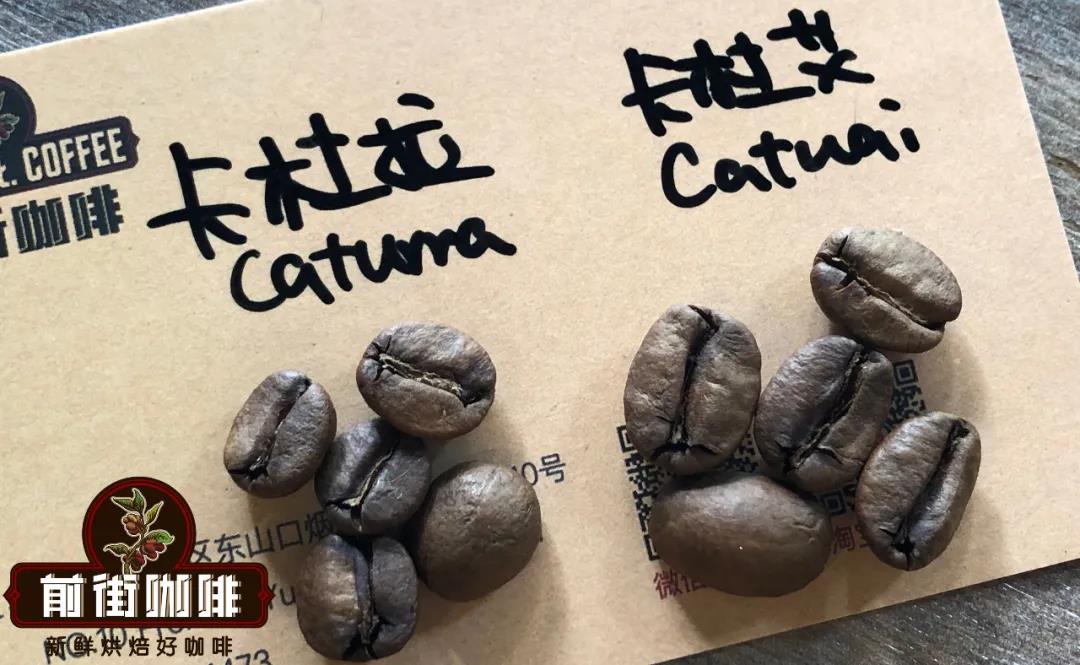
Kaddura, a single gene variant of bourbon, was found in Brazil in 1937. It has better production capacity and disease resistance than bourbon, and the tree is shorter and easy to harvest. Unfortunately, like bourbon, it has the periodic problem of production capacity fluctuation every two years. But its flavor is comparable to or slightly worse than bourbon beans, more importantly, it is super adaptable, it does not need shade trees, and it can also be vibrant in direct exposure to the sun. it is commonly known as exposure coffee, which can adapt to high-density planting, but it must be fertilized more and increase the cost. therefore, the acceptance of coffee farmers is not high in the initial stage.
Kaduai
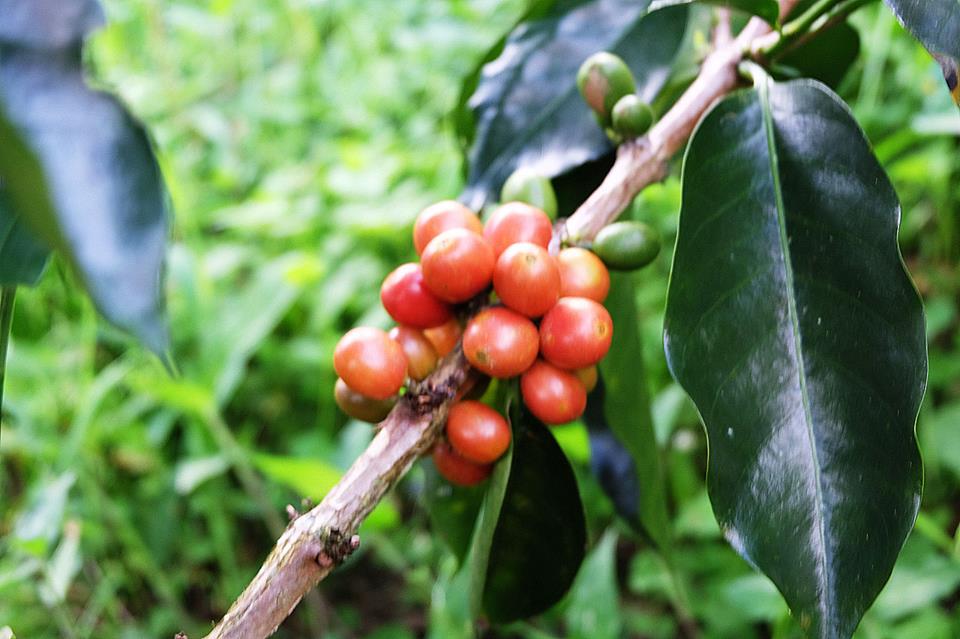
Kaduai is a hybrid of Arabica and Kaddura (New World). It has a good ability to resist natural disasters, especially wind and rain. It inherits the advantages of Kaddura's low stature and changes Mondonwood's shortcomings. Another advantage is that the result is solid, and it is not easy to fall off when the strong wind blows, which makes up for the weakness of Arabica fruit, but the overall flavor is more monotonous than Kaddura, monotonous and less mellow, which is the greatest pity. In addition, the fruit growth and harvest life is only about ten years, and the short life span is also one of the weaknesses.
Guatemalan coffee treatment
According to Qianjie Coffee, it is known that most of the coffee fruits in Guatemala are treated by washing, and only a few are treated by the sun.
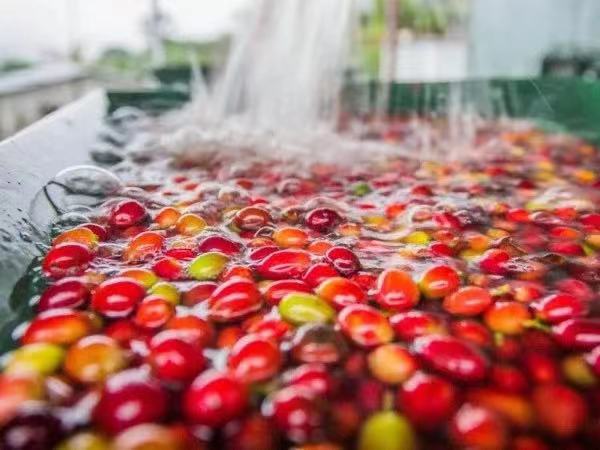
In the previous articles on Qianjie Coffee, it was also mentioned that washing treatment is a treatment that can best reflect the most primitive flavor of a coffee bean, and it is also the beginning of understanding the flavor of this producing area, so the rations beans introduced by Qianjie Coffee are mainly treated with water washing. For example, the water washing method is used for Vivette Nan fruit rations beans in Qianjie Coffee, Guatemala. The rule of sun treatment is to add aroma and fermented feeling to the basic flavor of the producing area.
These are the three major factors that will affect the flavor of Guatemalan coffee beans arranged by Qianjie Coffee. For example, Qianjie Coffee currently has Antigua Coffee beans and Vivette Nan Fruit Coffee beans from Guatemala. Then Qianjie Coffee will introduce these two beans and share the hand brewing parameters of these two beans to see if the Guatemalan coffee beans taste sour in the end.
Front street coffee Guatemala Antigua flower god coffee beans
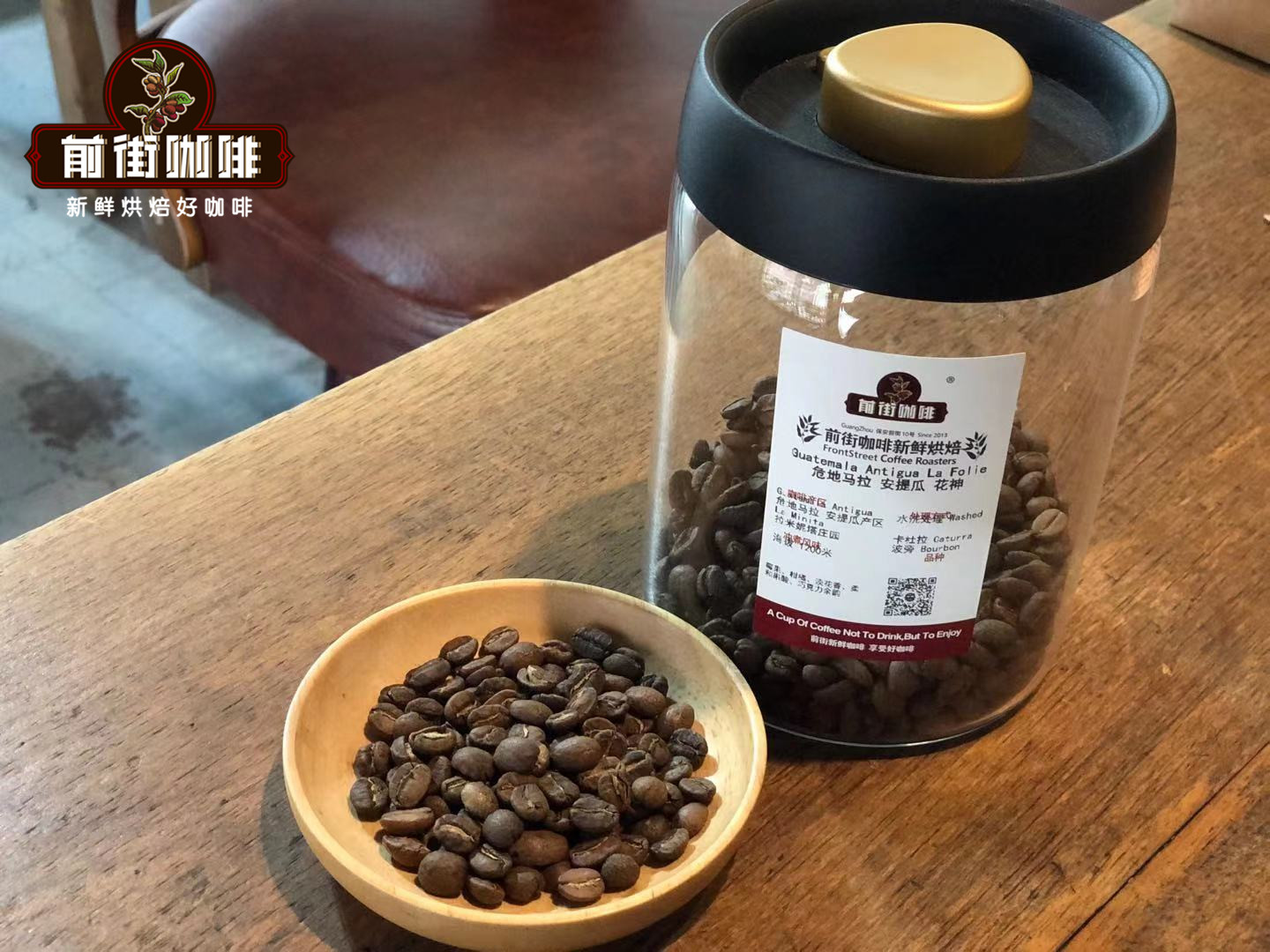
Country: Guatemala
Producing area: Antigua (La Minita Raminita Manor)
Altitude: 1200-1600m
Variety: bourbon, Kaddura, Kaduai
Treatment: washing treatment
Flavor: citrus acid, bright fruit acid, caramel, slightly smoky.
Front Street Coffee Guatemala Vivette Nan Fruit Coffee beans
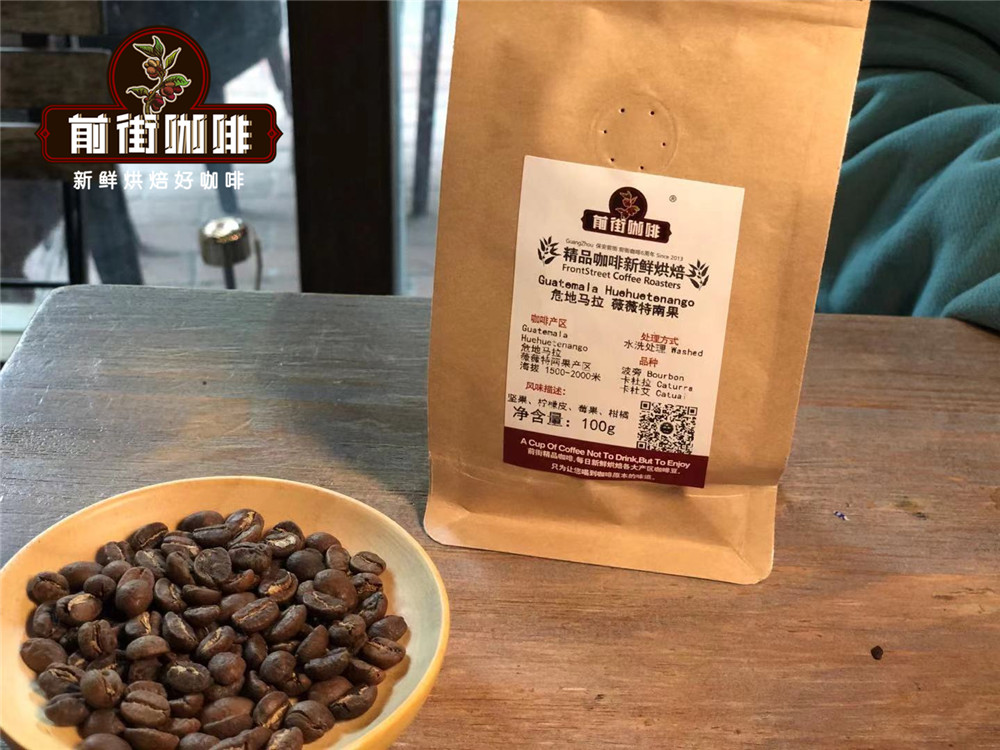
Country: Guatemala
Producing area: Vivette Nanguo
Altitude: 1500-2000 m
Varieties: bourbon, Kaddura, Kaduai
Treatment: washing treatment
Flavor: nuts, lemon peel, berries, citrus
Since the two Guatemalan beans are moderately roasted, Qianjie Coffee uses the same brewing parameters to compare the flavor of the two beans.
Data sharing of coffee brewing in Qianjie
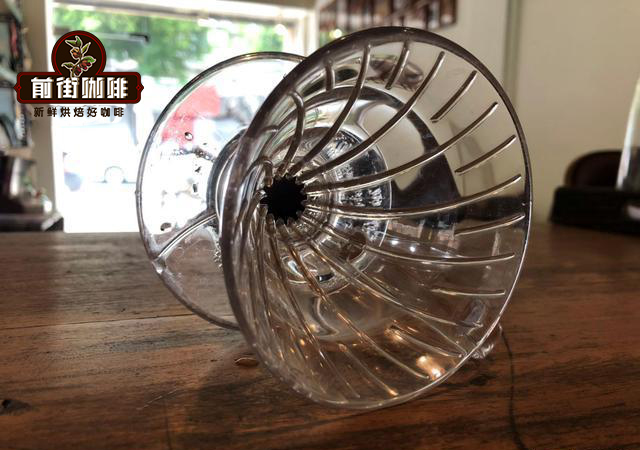
Filter cup: V60 # 01
Water temperature: 90-91 degrees
Powder content: 15g
Ratio of powder to water: 1:15
Degree of grinding: BG6m/ medium fine grinding (No. 20 sieve bowl sieve powder to 80%)
Cooking technique: three-stage extraction
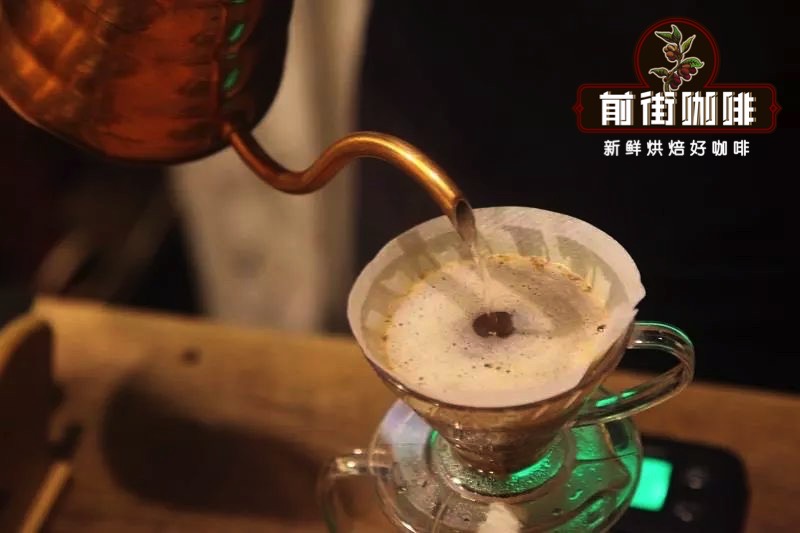
In the first stage, 30 grams of water is injected for 30 seconds, followed by 95 grams (about 125 grams indicated by the electronic scale). The injection is completed in about 1 minute, and the remaining 100 grams are injected at 3 places in the powder layer (about 225 grams shown by the electronic scale) in about 1 minute and 35 seconds. 2: 00 "- 2 × 39" trickle filtration is completed, remove the filter cup and complete the extraction.
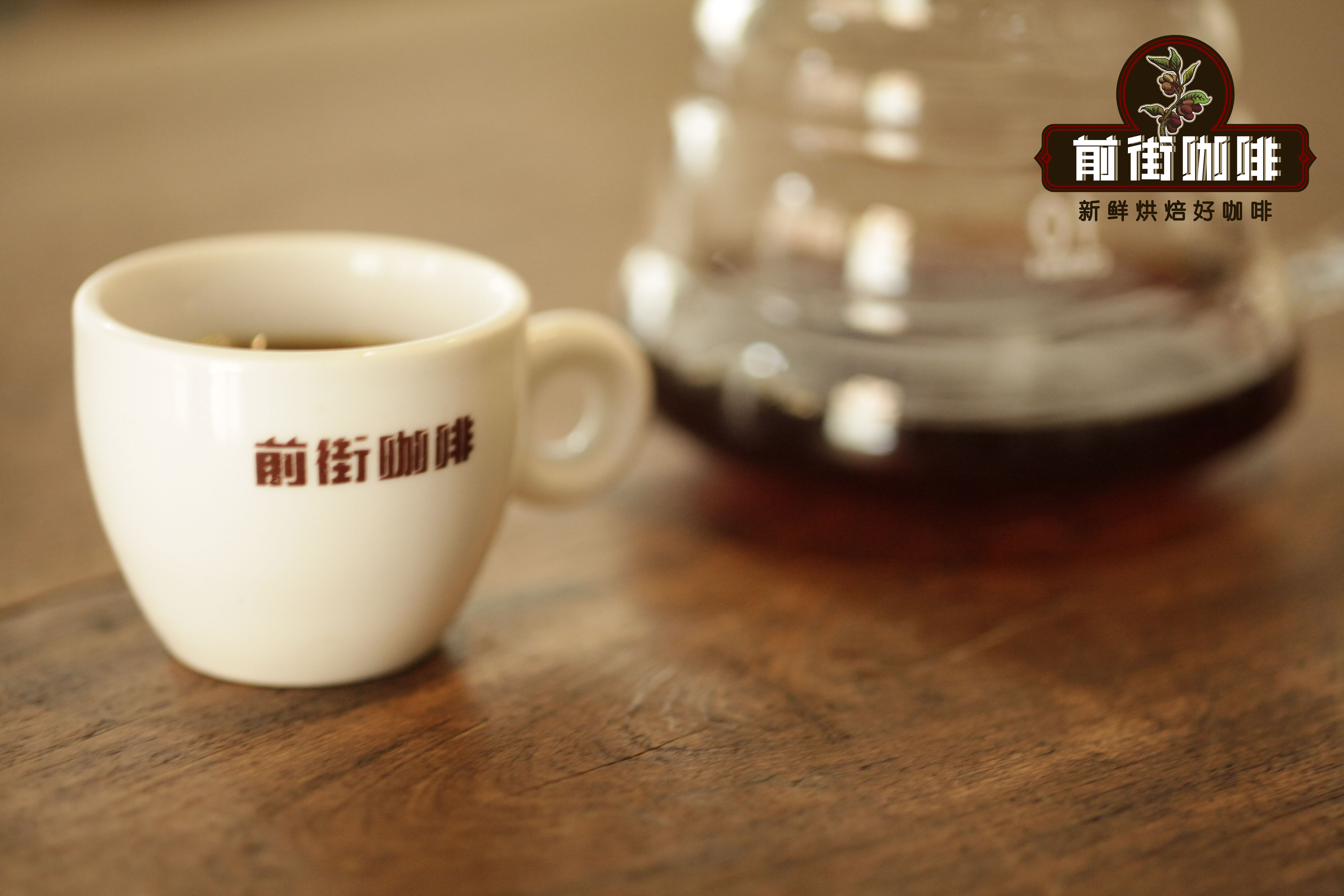
Guatemala Vivette Nan Fruit Coffee flavor description: citrus, berry acidity, lemon peel, nutty aroma in the middle, aftertaste.
Guatemala Flower God Coffee flavor description: citrus acid, sour juice, rich floral aroma, pleasant sweetness, medium mellow, slight caramel and smoky taste in the back, pure, mild and smooth texture as a whole. the taste is balanced, lively and changeable.
Are Guatemalan coffee beans sour?
It can be seen from the above that the varieties and treatments of the two coffee beans are the same, but due to different elevations and producing areas, the flavor of coffee beans is also different. After all, coffee beans are crops, and their flavor will also change with the geographical location of the producing areas. Soil and microclimate change, which is also one of the charm of coffee beans.
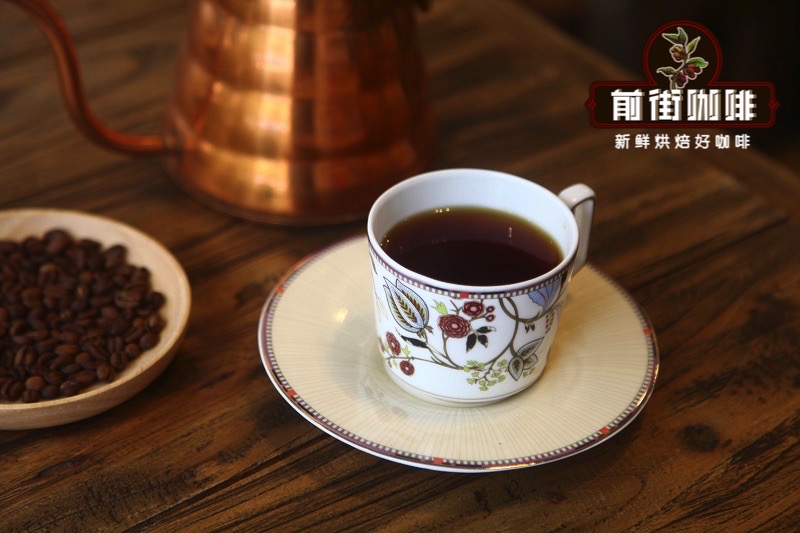
And these two coffee beans do have obvious acidity, so coffee lovers brew them at home according to the hand-brewing parameters provided by Qianjie Coffee. It is normal to brew coffee beans with sour quality, because Guatemalan coffee beans are planted at a higher altitude, and the flavor characteristics of high-altitude coffee beans are that the higher the altitude is, the more obvious the acidity is, which is also one of the characteristics of Arabica coffee beans.
For more boutique coffee beans, please add private Qianjie coffee on Wechat. WeChat account: kaixinguoguo0925
Important Notice :
前街咖啡 FrontStreet Coffee has moved to new addredd:
FrontStreet Coffee Address: 315,Donghua East Road,GuangZhou
Tel:020 38364473
- Prev
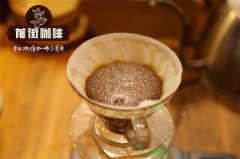
Guatemala Azotea Estate Coffee Powder How to Hand Make_How to Make a Cup of Guatemala Hand Made Coffee
Professional coffee knowledge exchange More coffee bean information Please pay attention to coffee workshop (Weixin Official Accounts cafe_style) Guatemala coffee-Antigua Azat Guatemala Antigua LA Azotea green bean grade: SHB tree species: Bourbon production area: Antigua Antigua Azotea farm is located in the north of Antigua. The farm has a long history dating back to 1883. Current farmers
- Next
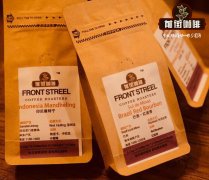
Guatemala Vivette Nanguolan River Manor Coffee hand how to make _ Blue River Manor Coffee Special Flavor
Professional coffee knowledge exchange more coffee bean information please follow the coffee workshop (Wechat official account cafe_style) Guatemalan Coffee Vivette Nan Guolan River Manor Rio Azul Farm Farm name: Coop Rio Azul Blue River Cooperative City City: Jacaltenango Region producing area: Huehuetenango Micro South Fruit Country country: Guatemala Alt
Related
- Detailed explanation of Jadeite planting Land in Panamanian Jadeite Manor introduction to the grading system of Jadeite competitive bidding, Red bid, Green bid and Rose Summer
- Story of Coffee planting in Brenka region of Costa Rica Stonehenge Manor anaerobic heavy honey treatment of flavor mouth
- What's on the barrel of Blue Mountain Coffee beans?
- Can American coffee also pull flowers? How to use hot American style to pull out a good-looking pattern?
- Can you make a cold extract with coffee beans? What is the right proportion for cold-extracted coffee formula?
- Indonesian PWN Gold Mandrine Coffee Origin Features Flavor How to Chong? Mandolin coffee is American.
- A brief introduction to the flavor characteristics of Brazilian yellow bourbon coffee beans
- What is the effect of different water quality on the flavor of cold-extracted coffee? What kind of water is best for brewing coffee?
- Why do you think of Rose Summer whenever you mention Panamanian coffee?
- Introduction to the characteristics of authentic blue mountain coffee bean producing areas? What is the CIB Coffee Authority in Jamaica?

